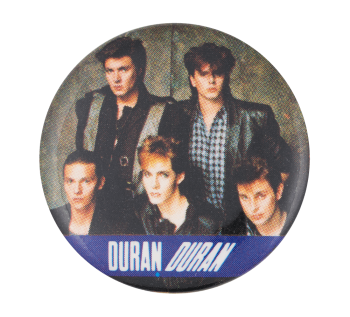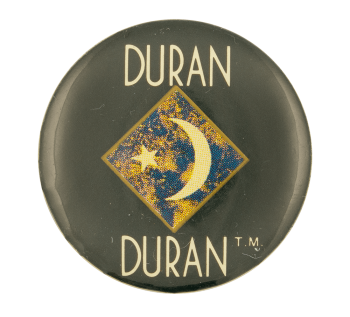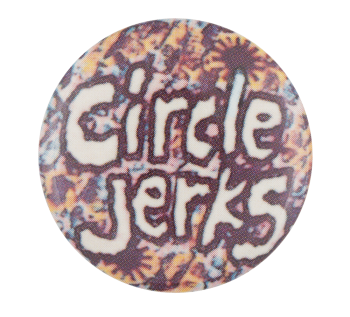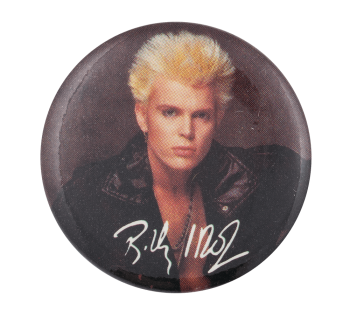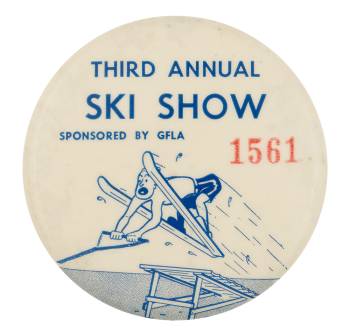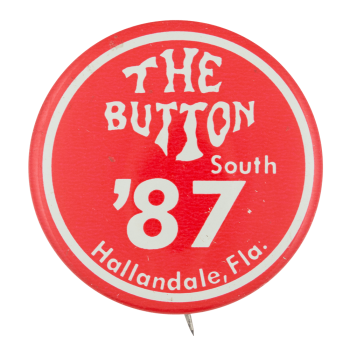Duran Duran Two
| Category | |
|---|---|
| Additional Images | |
| Sub Categories | |
| Text on Button | DURAN DURAN |
| Image Description | Color photograph of Duran Duran |
| Curl Text | © TRITEC MUSIC LTD. 1984 |
| Back Style | |
| The Shape | |
| The Size | |
| Year / Decade Made | |
| Additional Information | Duran Duran is an English new wave and synth-pop band that were first formed in Birmingham in 1978. The band got their name from Dr. Durand Durand, a character in the 1968 science fiction film Barbarella. Duran Duran’s original line up included keyboardist Nick Rhodes, bass guitarist John Taylor, drummer Roger Taylor, guitarist Andy Taylor, and lead singer Simon Le Bon. Duran Duran experienced huge commercial success in the 1980’s and 1990’s, due in no small part to the development of music video channel MTV. Known for their good looks, fashionable image, and sharp visual style, Duran Duran were a perfect fit for MTV, where music videos were played on 24 hour cycles, providing bands with regular exposure and promotion. Duran Duran were among the first bands to shoot their music videos with professional movie cameras on 35 mm film, giving their videos a professional look that was superior to many other music videos at the time. |
| Catalog ID | MU0467 |

